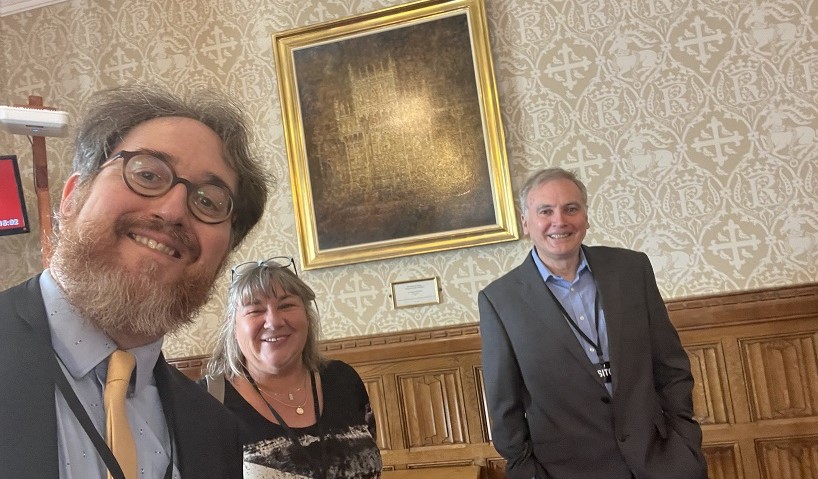Welcome to the Fuse at Ten
20 June 2023
Ten years ago, I presented a report called The Brighton Fuse to a packed auditorium of creative businesses and artists in a theatre opposite the Brighton Pavilion. The reaction was more like a religious revivalist meeting than a research presentation. Hundreds of creative and tech people applauded spontaneously and passionately for a report that showed empirically what they already knew: that something was happening in the new economy that was not only about Science, Technology, Engineering and Mathematics (STEM) skills, but had an important role for creativity, arts and humanities. The Brighton Fuse showed that it was the combination of these skill sets that generated high business growth.
Two weeks ago, I was again speaking about the report at a gathering at the House of Lords hosted by Lord Ed Vaizey, launching our report The Fuse at Ten. This study reflects over the last decade on how the Fuse research concepts spread to London and then Creative Fuse North East was funded by AHRC, ERDF and Arts Council England in 2016. I moved to Newcastle to apply the same Brighton Fuse methods. It was reassuring to find that the same effects of creativity plus digital technology were widespread among 500 North East creative businesses and freelancers, with higher growth associated with those fused or 'superfused' organisations.
Creative Fuse North East has since delivered business support to over 500 businesses through its consortium of the five regional universities with Newcastle alongside Durham, Northumbria, Sunderland and Teesside. We have partnered with Creative UK and helped to shape the policies of the region's combined authorities, such as the £2.3m Culture and Creative Investment Fund. These impacts helped us to win last year's Vice Chancellor's Award for Engagement and Place and showed that Newcastle University would be a vibrant host for the Creative Industries Policy and Evidence Centre, the new £11m investment where Newcastle University will form a Northern hub in partnership with a Southern hub at the RSA in London. The concentration of creativity in specific places shown in the Fuse projects also formed the model for the £55m Creative Industries Clusters Programme co-ordinated by AHRC in the Industrial Strategy. Fuse impacts have been felt as far afield as Cape Town in South Africa, Sao Paulo in Brazil and Wellington in New Zealand. In its Brighton birthplace, the FuseBox continues to host and help develop creative-tech start-ups.
The report looks more broadly at how and why does research have impact? The Fuse was an idea whose time had come, but there are lessons for funders and universities on avoiding short-term recency bias and maintaining support for longer-term research streams that build impact over time. Also important are receptive stakeholders, such as those present at the event at the House of Lords, including Newcastle Central MP, Rt Hon Chi Onwurah and Rt Hon Caroline Lucas of Brighton Pavilion and numerous national organisations.
Join our mailing list to attend more exciting events celebrating the Fuse @Ten locally in Newcastle and others streamed from Brighton.
Professor Jonathan Sapsed, NUBS
Principal Investigator, Creative Fuse North East
